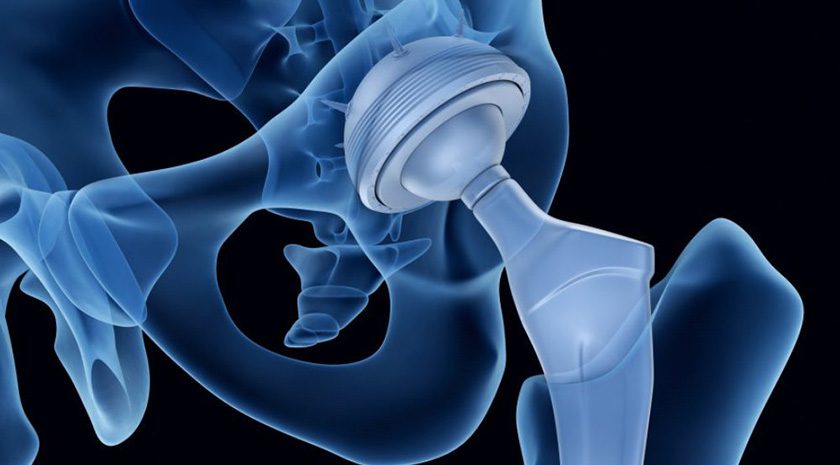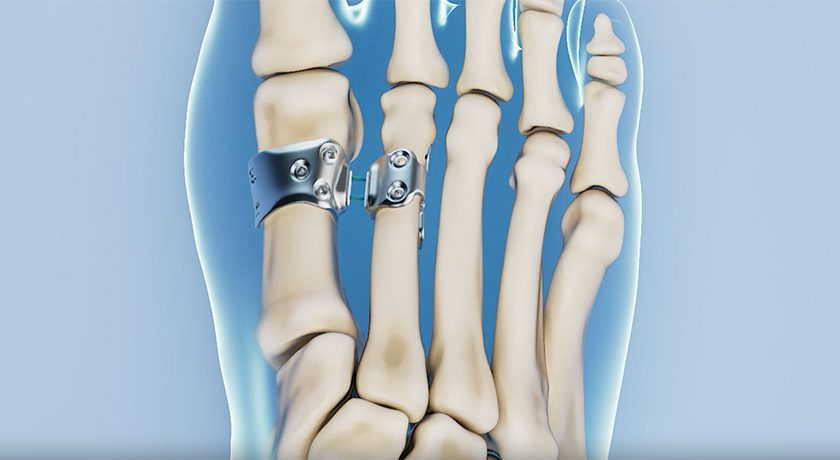

 Copy to clipboard
Copy to clipboard 
Our estimates indicate orthopedic merger and acquisition activity accelerated between 2017 and 2020. The pandemic brought unprecedented orthopedic funding and M&A markets, culminating in 42 transactions in 2020. Since then, however, economic pressure has changed the calculus for both investors and companies.
This month’s chart shows orthopedic merger and acquisition volume from 2016 through 2022. After peaking in 2020, deal volume declined more than 40% in 2021 and dropped another 12% in 2022. We expect similar conditions and volume in 2023.
Economic pressure and volatility in company valuations played roles in the downturn. While the largest orthopedic companies like Stryker and Zimmer Biomet remain acquisitive, the criteria for successful deals shifted in the wake of the pandemic. The largest players are biased toward targets with clear commercial pathways. Distribution deals, joint ventures and co-development are more common and allow buyers to reduce risk over time.
Additionally, strategic companies moved away from the flurry of bolt-on acquisitions during the pandemic and now favor platform technologies with broad applicability across the entire portfolio. Medtronic, for example, views its purchase of Medicrea as a data collection and analytics platform it can leverage across its products.
Our estimates indicate orthopedic merger and acquisition activity accelerated between 2017 and 2020. The pandemic brought unprecedented orthopedic funding and M&A markets, culminating in 42 transactions in 2020. Since then, however, economic pressure has changed the calculus for both investors and companies.
This month’s chart shows...
Our estimates indicate orthopedic merger and acquisition activity accelerated between 2017 and 2020. The pandemic brought unprecedented orthopedic funding and M&A markets, culminating in 42 transactions in 2020. Since then, however, economic pressure has changed the calculus for both investors and companies.
This month’s chart shows orthopedic merger and acquisition volume from 2016 through 2022. After peaking in 2020, deal volume declined more than 40% in 2021 and dropped another 12% in 2022. We expect similar conditions and volume in 2023.
Economic pressure and volatility in company valuations played roles in the downturn. While the largest orthopedic companies like Stryker and Zimmer Biomet remain acquisitive, the criteria for successful deals shifted in the wake of the pandemic. The largest players are biased toward targets with clear commercial pathways. Distribution deals, joint ventures and co-development are more common and allow buyers to reduce risk over time.
Additionally, strategic companies moved away from the flurry of bolt-on acquisitions during the pandemic and now favor platform technologies with broad applicability across the entire portfolio. Medtronic, for example, views its purchase of Medicrea as a data collection and analytics platform it can leverage across its products.

You are out of free articles for this month
Subscribe as a Guest for $0 and unlock a total of 5 articles per month.
You are out of five articles for this month
Subscribe as an Executive Member for access to unlimited articles, THE ORTHOPAEDIC INDUSTRY ANNUAL REPORT and more.
ME
Mike Evers is a Senior Market Analyst and writer with over 15 years of experience in the medical industry, spanning cardiac rhythm management, ER coding and billing, and orthopedics. He joined ORTHOWORLD in 2018, where he provides market analysis and editorial coverage.







